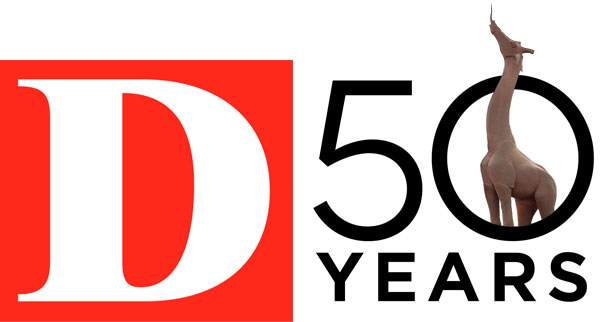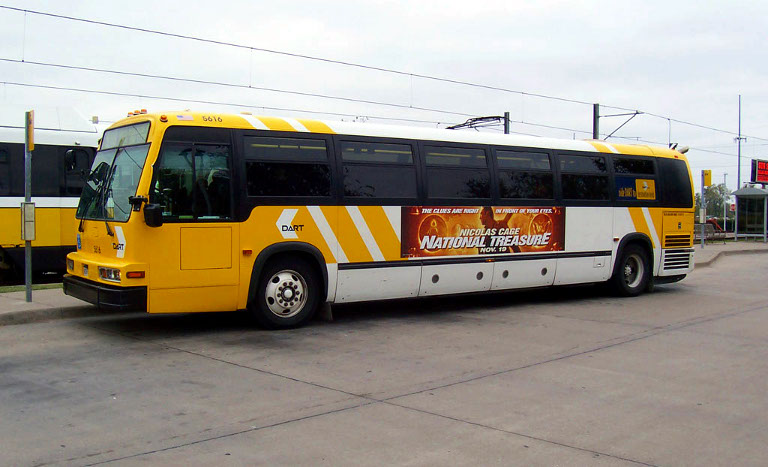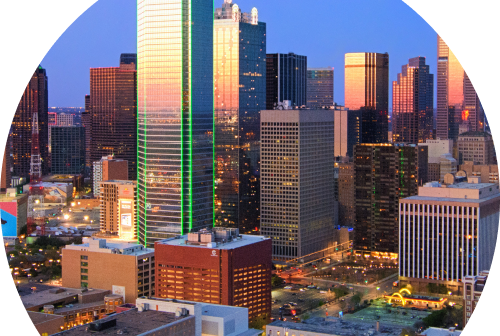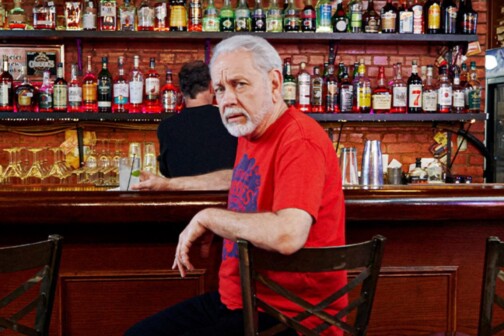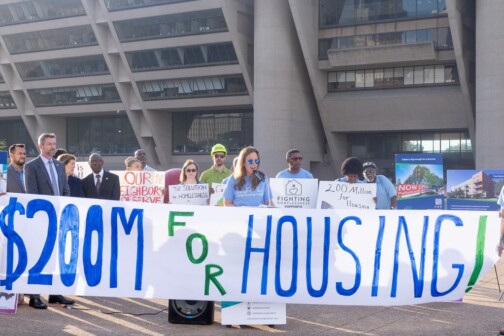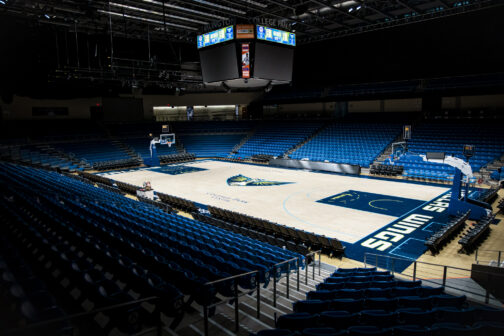A couple of weeks ago, I was driving around Costa Rica, a country known for its challenged infrastructure, when I noticed one simple, if exceptional feature of the Central American country’s roads. Driving in Costa Rica meant battling plenty of dirt, rocky, and unpaved roads; massive potholes; roads that disappeared into swampy bogs; single lane bridges over rivers that occasionally had giant holes in them; towns only accessible via mazes of dirt paths that sometimes led into ditches or creeks; and other obstacles. But on every kind of road, every mile or so, there was a modest shelter demarcating a bus stop.
The bus shelters were often simple affairs—a few posts holding up a corrugated metal roof, a wooden bench or two. But because the bus shelters were there, within a few hours I knew that the region had an extensive bus network. If I missed one of those Swiss cheese bridges and drove my rental into a croc-infested river, I could always jump on a bus and head back to town. The bus shelters did what DART’s tiny yellow bus stop signs fail to do: provide an easy and immediate way to navigate the region’s public transit network. Nearly every time I saw one, I couldn’t help but throw up my hands and shout in exasperation, “Why can’t Dallas build simple, stupid bus shelters?”
As I’ve written before, buses are both the neglected workhorse of Dallas public transit system and the form of transit that holds the most potential for making DART a better functioning, more reliable form of transportation. And yet DART fails to provide the simplest improvements to DART’s bus network—like making sure every single stop has a simple shelter to both indicate where stops are and offer riders a place to sit in the shade while maintaining a shred of dignity as they wait for the bus. It is a failing that is not unique to Dallas. In a new book called Better Buses, Better Cities, transit expert Steven Higashide points out that Americans take 4.7 billion bus trips every year, and yet bus systems are generally a neglected and overlooked by policy makers, transit officials, and other civic leaders.
“Across the country, public agencies that deliver bus service are run by board members who never use it,” Higashide writes in an op-ed on Streetsblog. “Some large cities don’t even employ anyone dedicated to improving trips for bus riders. Business leagues, community foundations, and civic leaders often focus on streetcars, hyperloops, driverless vehicles, and other projects they view as more prestigious or likely to drive development.”
In addition to neglecting bus networks, Higashide continues, some civic and business leaders oppose new investment in bus systems.
“Others actively try to stop bus improvements, such as business owners who fight bus shelters that they claim attract “the wrong element,” legislators who ban bus-only lanes on state roads, and Congress members who try to cut federal transit funding every year,” he writes.
So, what is America’s beef with the bus?
Higashide’s diagnosis is a mix of political and bureaucratic failings. Public engagement around transit tends to privilege organized and wealthier networks, and transit agencies often lack the kind of leadership needed to advance effect bus network planning. Improving bus networks is relatively simply, he says, but it requires a shift in entrenched thinking. “We need a transit conversation that is large enough to include process and politics, not just technology and policy,” he says.
That means drawing more people into the conversation, growing grassroots support across a range of stakeholders, and then focusing in on removing institutional obstacles within transit agencies that inhibit improvements that, on the surface, seem as simple as plopping bench at every spot where a bus may stop.
“Once there’s a strong political consensus behind better buses, reformers must turn their attention to how an agency’s structure, capacity, processes, and metrics affect its ability to deliver better transit,” Higashide writes.
Read the whole thing here.
